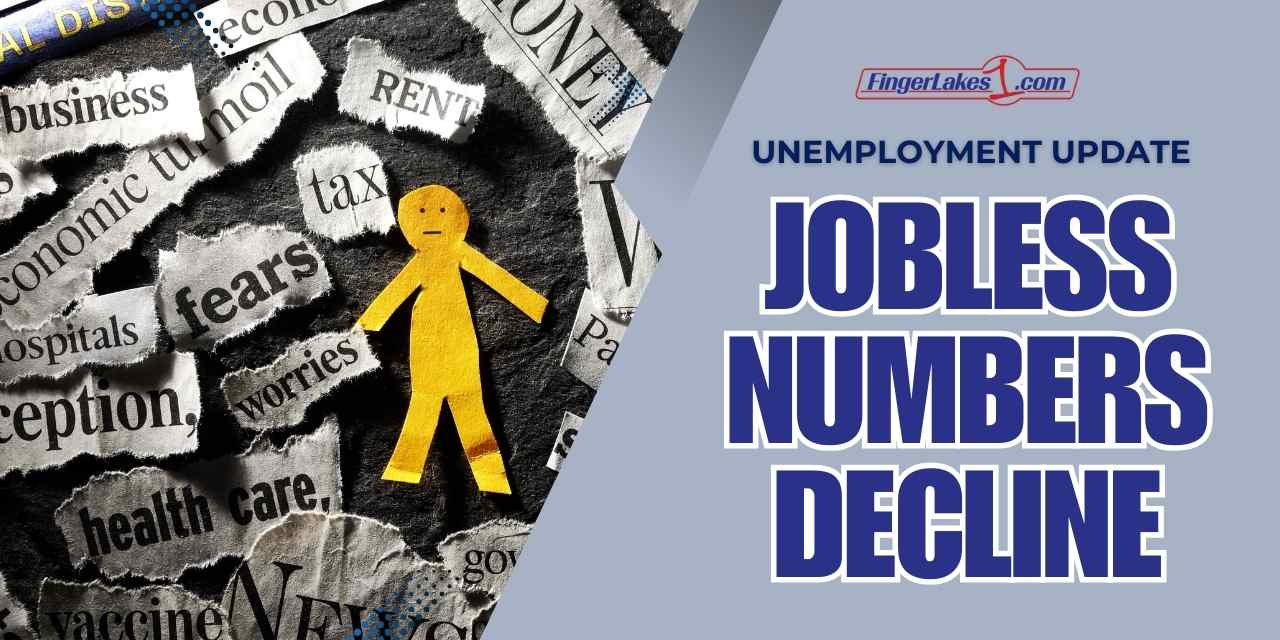
Unemployment in the United States remains relatively steady, but new data from WalletHub reveals that claims are decreasing in the majority of states. As of April 28, 2025, initial unemployment claims dropped by 5.4% week-over-week, offering a hopeful sign for job seekers and the broader economy.
Which states are seeing the greatest decreases in unemployment claims?
WalletHub analyzed data across all 50 states and the District of Columbia, ranking them based on how much their unemployment claims have decreased compared to the previous week and the same week in 2024.
The top five states with the largest week-over-week declines are:
- Delaware (–61.74%)
- Vermont (–51.54%)
- New York (–50.40%)
- Massachusetts (–48.81%)
- Nebraska (–47.51%)
Notably, Delaware led the nation not only in the percentage decrease but also ranked second-lowest in claims per 100,000 people in the labor force.
States where unemployment claims are still rising
While most of the country saw progress, a few states experienced increases in unemployment claims compared to the previous week:
- Michigan (+128.34%)
- New Hampshire (+81.05%)
- Maryland (+30.38%)
- Alaska (+21.73%)
- Minnesota (+11.68%)
Michigan stands out, with claims more than doubling over the prior week. Additionally, 24 states and the District of Columbia reported higher claims compared to the same period last year, suggesting ongoing economic volatility in some regions.
Key findings from WalletHub’s analysis
The study used several benchmarks to evaluate unemployment trends:
- Weekly Change: Focused on the most recent week’s performance against the prior week.
- Annual Comparison: Compared the latest week to the same week in 2024.
- Year-to-Date Performance: Measured changes in claims from late December 2024 through late April 2025 versus the same timeframe the previous year.
- Claims per 100,000 workers: Highlighted states where job market stress remains high.
Here are additional notable insights:
- South Dakota had the fewest claims per 100,000 people.
- California and Michigan had the highest number of claims per 100,000 workers.
- Indiana posted the biggest year-over-year improvement, with claims down 40.80% compared to April 2024.
Blue states vs. red states: How political leanings factor in
WalletHub’s study also reviewed unemployment changes through a political lens. While both red and blue states showed improvements overall, red states slightly outpaced blue states in week-over-week unemployment claim reductions. However, the broader trend suggests that regional economic factors, rather than political affiliations, are the bigger drivers behind these movements.
Expert advice for job seekers amid unemployment trends
WalletHub gathered insights from several economists and business professors regarding the current employment environment. Here are some highlights:
- Hiring dynamics: Experts generally agree that the hiring landscape remains tilted slightly in employees’ favor, although inflationary pressures are tempering salary gains.
- Financial planning: Workers are advised to maintain larger emergency funds and diversify income sources wherever possible to shield against unexpected job losses.
- Future outlook: Economists anticipate a moderate but steady job market throughout 2025, with sectors like healthcare, technology, and renewable energy expected to see the most growth.
“Job seekers should remain proactive, continually upgrading their skills and expanding their networks to stay competitive,” says Dr. Matt Fuss, Associate Professor of Business at Geneva College.
What happens next?
Although the latest numbers bring encouraging news for most states, experts caution that external factors such as global market shifts, domestic policy changes, and ongoing inflation could still influence the employment landscape in the coming months.
Workers and job seekers alike are encouraged to stay informed, adapt to changing market demands, and prioritize financial security as the labor market continues to evolve.

